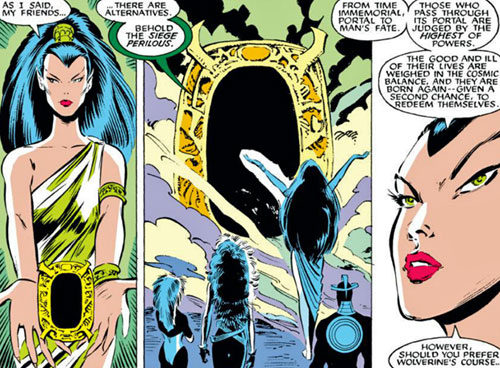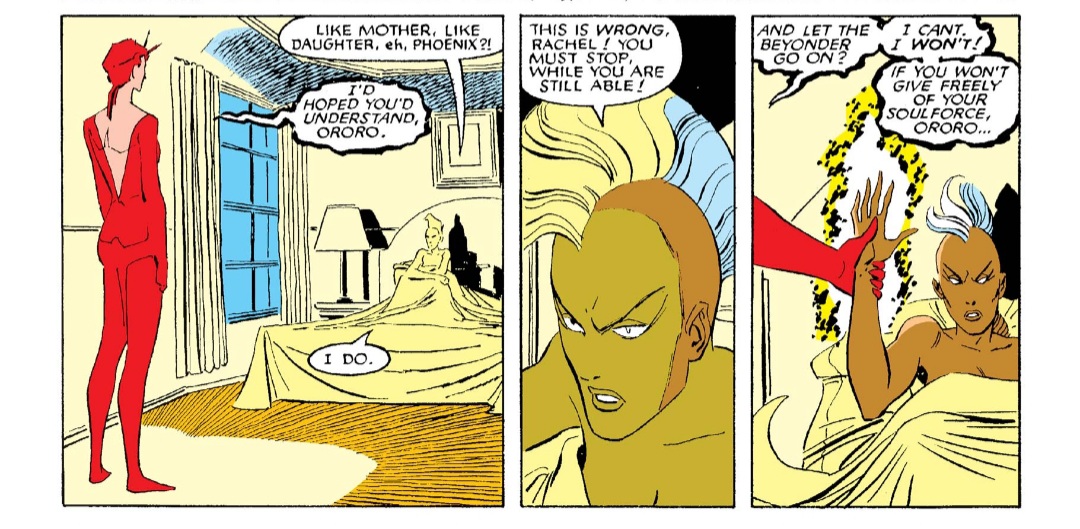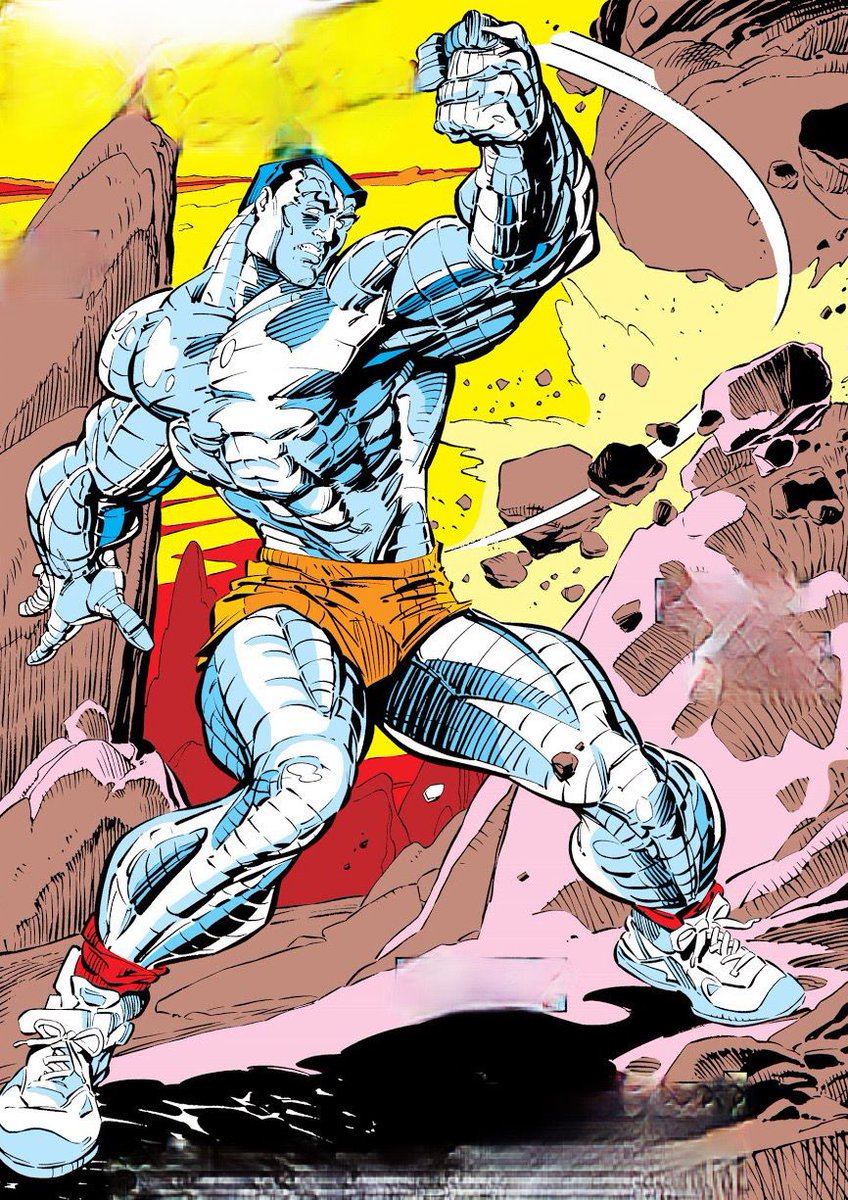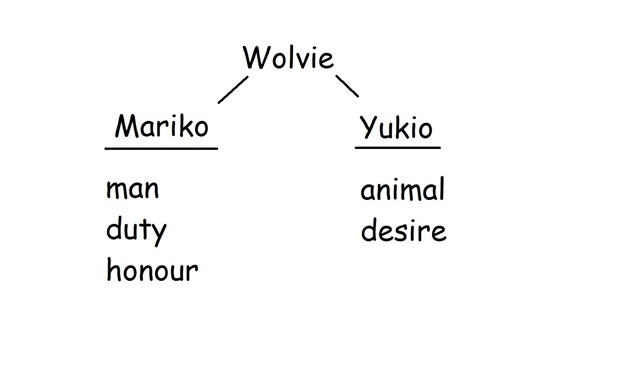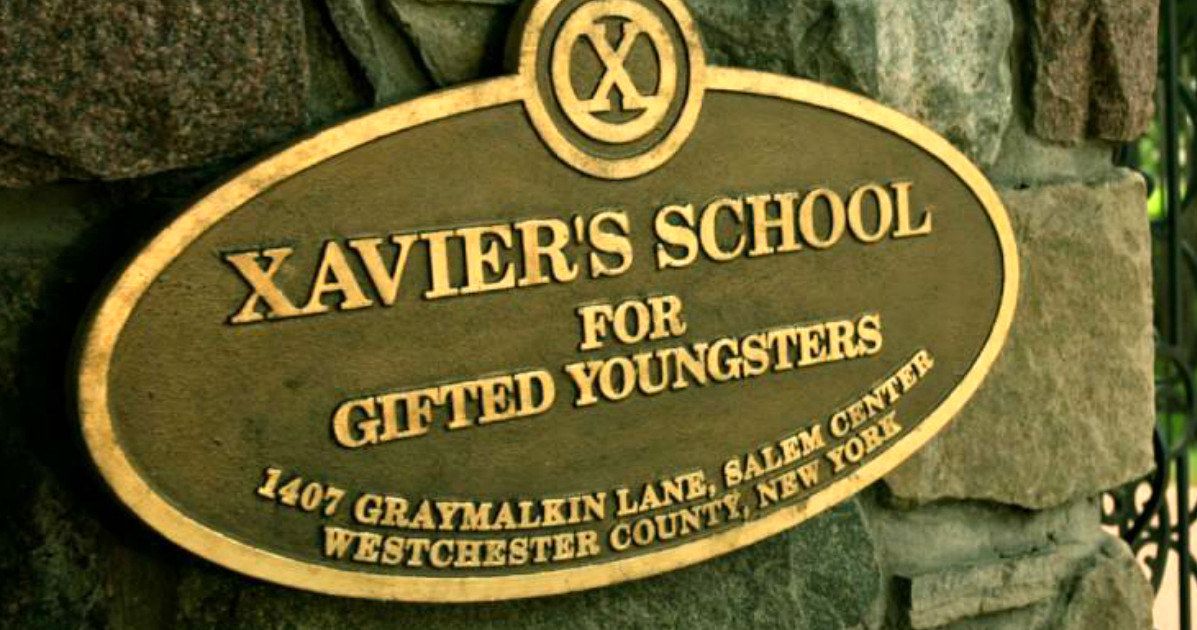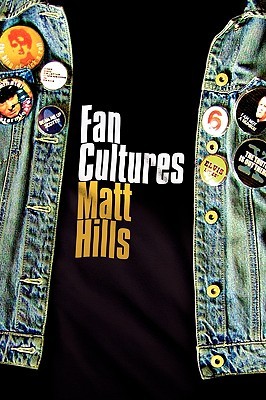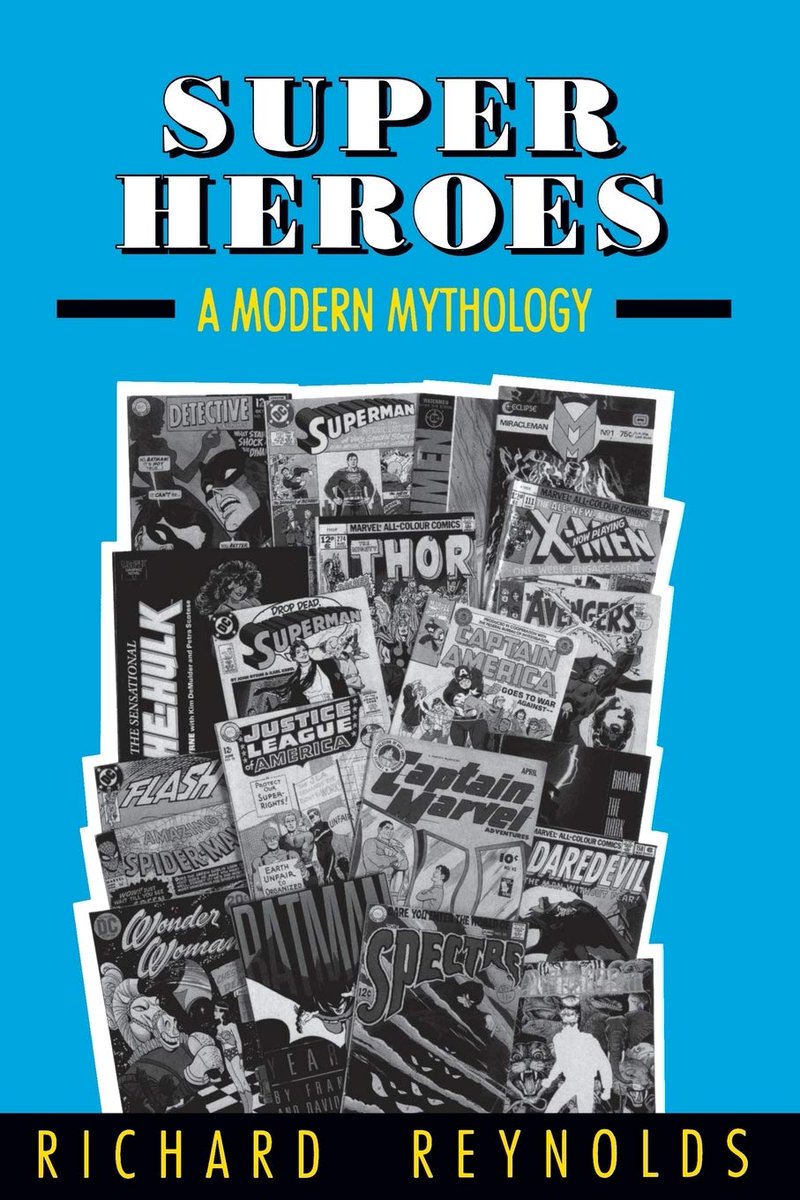
The concept of self-definition in resistance to external forces is one of the most pervasive thematic threads throughout the Claremont run – the idea that we, as individuals, get to define ourselves, even when pressured to conform to pre-existing expectations. #xmen 1/9 

As most people know, the revamped X-Men was specifically created to attract an international market, using stereotypical characters linked to different ethnicities. But Claremont complicates that almost immediately upon coming onto the book. 2/9 

He complicates Storm by giving her mixed heritage and a pluralistic experience of different African nations. He portrays Forge as an Indigenous man living outside of tribal culture. Toward the end, he brings in Jubilee, an Asian-American experiencing racism from both sides. 3/9 





In terms of sexuality, he does the same. Storm’s sexuality exists outside of easily-defined norms. Nightcrawler is deeply religious, but also fully sex-positive. Kitty is exploring her sexuality (subtextually) from a variety of angles. Boundaries and definitions are blurred. 4/9 

Then there’s more abstract forms of resistance to definition such as Jean refusing her destiny, refusing an enforced maternal role, refusing gender-based hierarchies, all whilst actively contemplating the impact these expectations have on her sense of individual agency. 5/9 



Logan does something similar, refusing the perfect killing machine role that he was born to and cultivated toward by a wide number of forces. He refuses them all and pursues, despite incredible difficulty, self-definition. 6/9 

Cyclops takes it one step further, refusing even the reader’s expectations for him. He rejects his presumed obligation to live and die for Xavier’s dream, deciding instead to cultivate his own existence outside of both X’s vision and (metatextually) that of the reader as well 7/9 

Rogue rejects her parentage; Rachel rejects her dark destiny; Longshot rejects the cynicism of his newfound culture; Betsy rejects both class and gender presumptions; Alison rejects the shallow trappings of fame; on and on and on. 8/9 

The pattern is clear, and empowering. In a world where superheroes often represent values of duty and obligation, Claremont’s X-Men actively teaches all readers that other people’s expectations for us are bullshit, and that we have the right to (heroically) define ourselves. 9/9 

• • •
Missing some Tweet in this thread? You can try to
force a refresh


